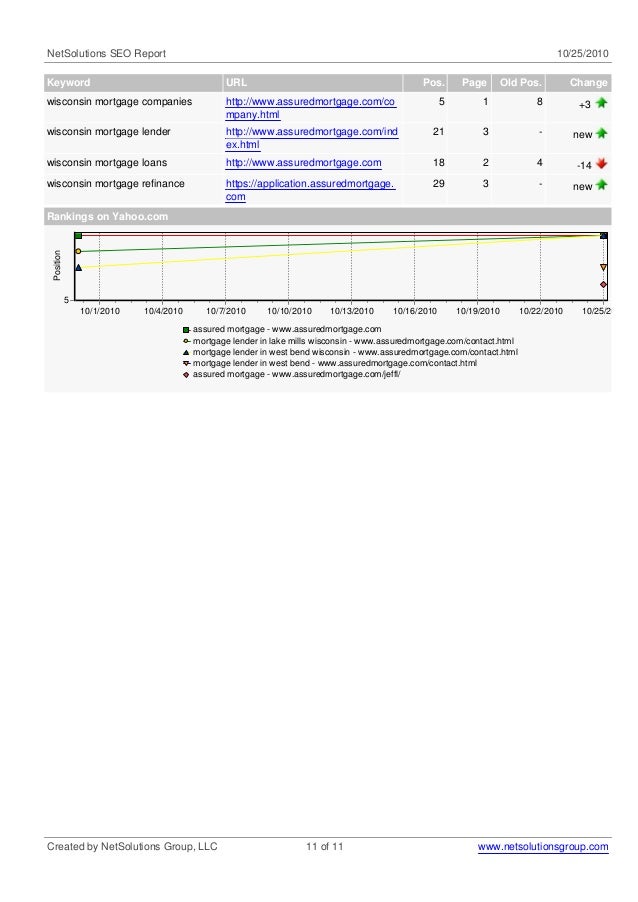
Content can vary - it could be a webpage, an image, a video, a PDF, etc. Ranking: Provide the pieces of content that will best answer a searcher's query, which means that results are ordered by most relevant to least relevant.Ĭrawling is the discovery process in which search engines send out a team of robots (known as crawlers or spiders) to find new and updated content.Once a page is in the index, it’s in the running to be displayed as a result to relevant queries. Indexing: Store and organize the content found during the crawling process.Crawling: Scour the Internet for content, looking over the code/content for each URL they find.

Search engines work through three primary functions: It's arguably the most important piece of the SEO puzzle: If your site can't be found, there's no way you'll ever show up in the SERPs (Search Engine Results Page). In order to show up in search results, your content needs to first be visible to search engines.

They exist to discover, understand, and organize the internet's content in order to offer the most relevant results to the questions searchers are asking. How Search Engines Work: Crawling, Indexing, and RankingĪs we mentioned in Chapter 1, search engines are answer machines.


 0 kommentar(er)
0 kommentar(er)
